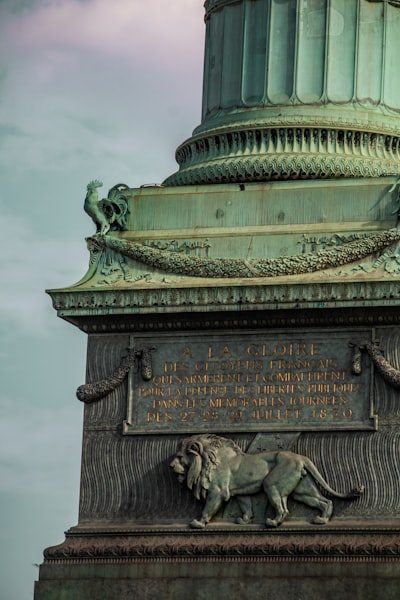Imagine visiting a square or street, somewhere ordinary—a place you pass in your daily commute—that is also a living memory of chaos, hope, or fury. Around the world, locations where citizens defied authority often transform from battlegrounds of unrest to landmarks of collective identity.
But what should an anniversary of upheaval mean? In Prague, crowds gather at Wenceslas Square to recall 1968 and 1989; in Paris, the storming of the Bastille is celebrated annually as the origin of modern France. Yet, such commemorations are not mere acts of remembrance—they are opportunities to re-negotiate meaning. Do these dates unite or divide, warn or inspire, heal wounds or open them anew?
Consider this: a tree grows in front of Nairobi’s parliament, its rings recording silent decades, indifferent to the dramas played beneath its branches. When people storm parliaments—whether Kenya, the Capitol in Washington, or beyond—they challenge not only laws and leaders, but the national imagination itself. Next year, on another anniversary, what story will that place tell?
Anniversaries of unrest are thus less about the past than about the stories we choose to emphasize in the present. How will future generations mark these days—by fear, catharsis, or hope?
This article was inspired by the headline: 'Fears of unrest as Kenyans mark first anniversary of storming of parliament'.

Comments
No comments yet. Be the first to comment!